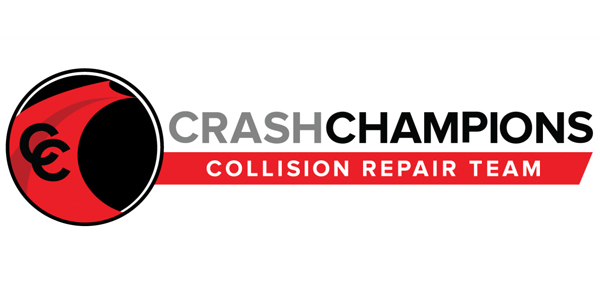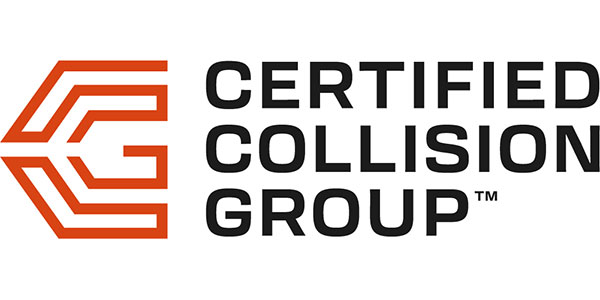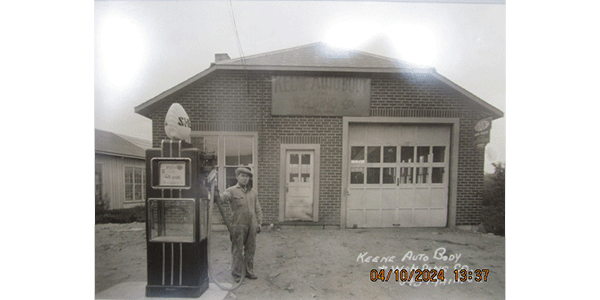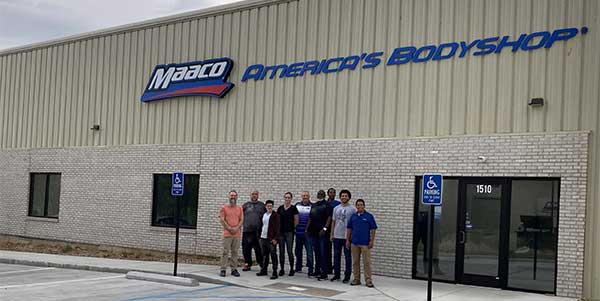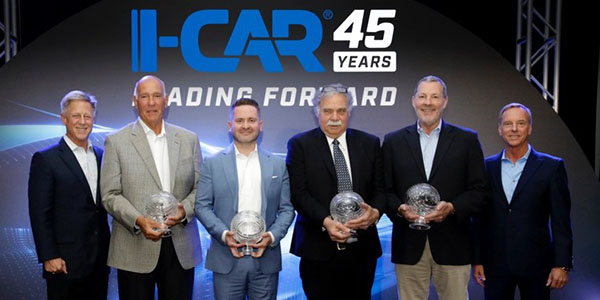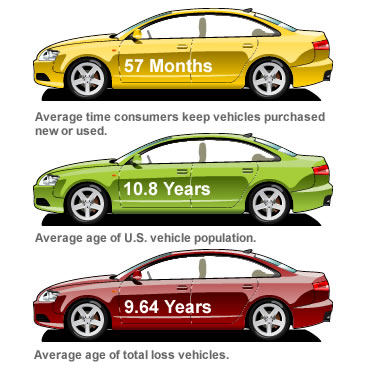 Based on an analysis of U.S. vehicle registrations by Polk, a leading global market intelligence firm, the average length of ownership of vehicles that were purchased new has risen to a record 71.4 months, or nearly 6 years. For consumers who purchased used vehicles, the average length of ownership is nearly 49.9 months. Although the service side of the aftermarket is likely to benefit from this trend, the continued aging of the vehicle population could cause complications for collision repairers.
Based on an analysis of U.S. vehicle registrations by Polk, a leading global market intelligence firm, the average length of ownership of vehicles that were purchased new has risen to a record 71.4 months, or nearly 6 years. For consumers who purchased used vehicles, the average length of ownership is nearly 49.9 months. Although the service side of the aftermarket is likely to benefit from this trend, the continued aging of the vehicle population could cause complications for collision repairers.
Combined, new and used vehicle owners are holding on to their vehicles for an average 57 months. For new and used owners combined, the length of vehicle ownership among U.S. consumers has increased 23 percent since the third quarter of 2008, coinciding with the economic downturn, Polk says.
A number of factors contribute to the increased length of ownership, according to Polk, which analyzed vehicle registration data through September 2011.
First, consumer spending remains conservative in a still-weak job market with relatively high unemployment rates. Second, many buyers have longer-term financing options to secure more affordable payments. Third, vehicles produced in recent years have been more durable and more reliable than their predecessors, according to different industry reports.
Several manufacturers are also offering longer warranties for new vehicles, reducing the risk for consumers who want to keep vehicles longer.
Polk says these new findings, coupled with the increased average age of vehicles on the road, which now stands at 10.8 years for cars and light trucks combined, offer promise for the service side of the automotive aftermarket. However, the aging vehicle population could be an issue for collision repairers.
According to the 2011 CCC Crash Course Autumn Update, there has been a 5 percent increase in the total loss rate over the last decade, corresponding with the aging vehicle population.
CCC also reported that through Q3 2011, 71.1 percent of vehicles 7 years or older for which appraisals were written were deemed total losses. The average age of total loss vehicles was 9.64 years, while the average age of repairable vehicles was 6.1 years.
“Regardless of better vehicle value retention, the industry will see a greater number of actual or borderline total losses in the coming year as inflation in labor and parts costs continues to drive up repair costs for this older fleet,” CCC’s Crash Course predicted last fall.
Polk analysts don’t anticipate new vehicle sales will reach pre-downturn levels of 16 million units until 2015, and Polk does not expect to see an immediate decline in the length of ownership trend over the next few years.
More information:
Airbags Changing Vehicle Scrappage Age Mix
Average Age of Vehicles Reaches Record High, According to Polk


